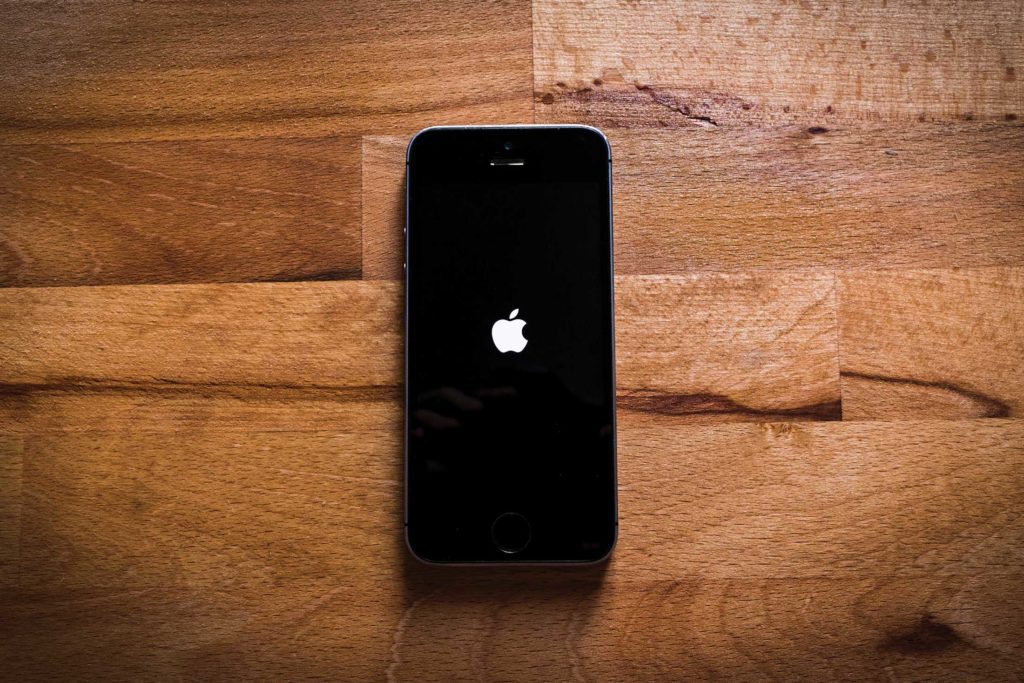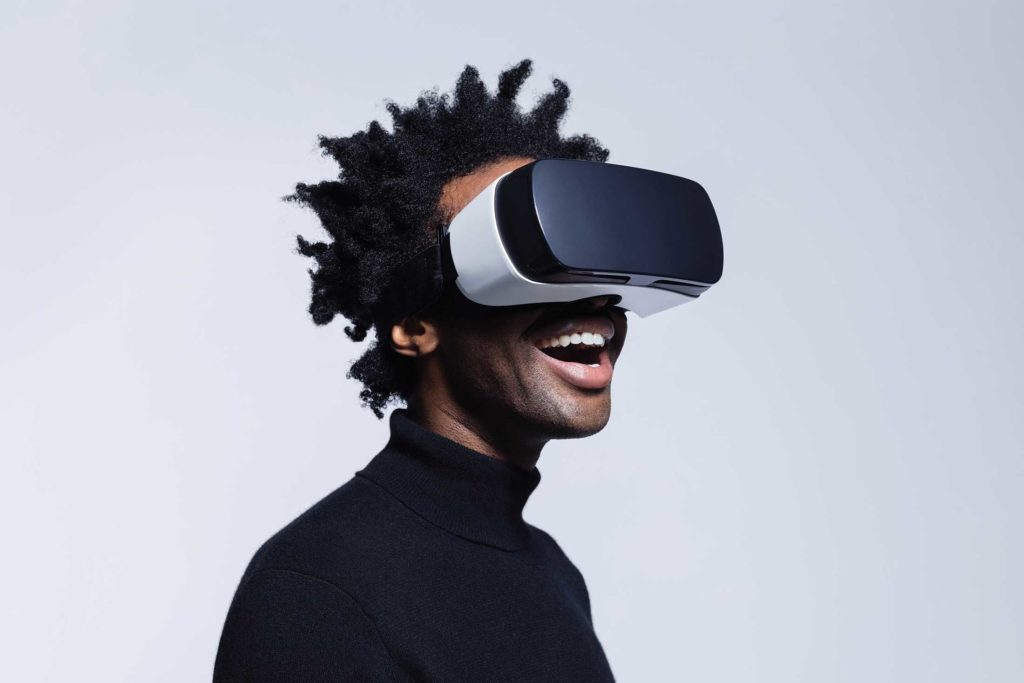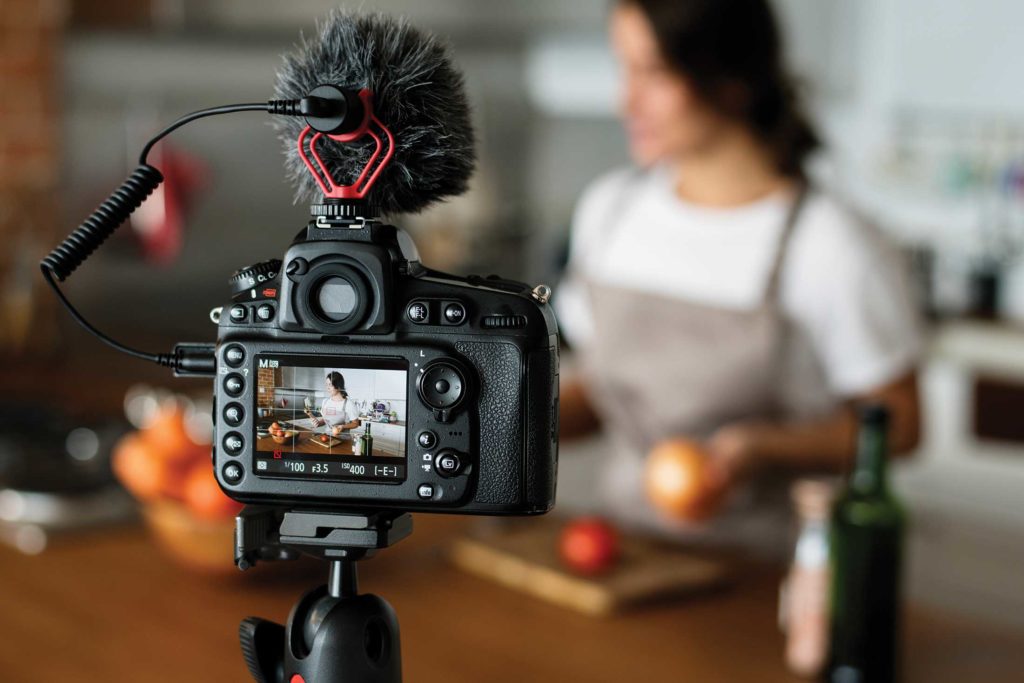In nearly the blink of an eye, streaming video has evolved from “the next big thing” to table stakes in almost any omni-channel strategy.
Based on data from its 50+ million Smart TVs, Samsung reports streaming has taken its first lead over linear TV, commanding 58% of video consumption on those TVs. It’s not a fad, either. A forecast from eMarketer shows time spent with digital content increasing through 2022 while time with linear TV decreases.
Capitalizing on this momentum, streaming content providers used the IAB NewFronts event to make compelling new arguments for winning larger shares of your marketing budget.
Don’t Just Sit There. Buy Something!
Shoppability is a clear focus for streaming innovation. This year’s NewFronts saw the release of new opportunities to merge viewing and shopping experiences:
- Hulu announced its new GatewayGo format, which uses QR codes and push notifications to bridge ads on televisions to the audience’s mobile phones.
- Conde Nast shared its new tap-to-purchase Prime Shoppable unit for video content from sites like GQ and Vogue.
- The Drop will be Snapchat’s first “shoppable programming,” connecting users to celebrity streetwear designs.
- Outside of NewFronts, YouTube recently showed off a new tap-to-purchase feature that pairs with its existing video ad formats.
Shoppable ads eliminate purchase friction and offer new opportunities to leverage video beyond traditional branding metrics. Rethink KPIs centered around store visits as the pandemic continues and experiment with shoppable video ads as a potential ROAS driver.
Agility and Precision
Streaming content providers are offering smarter and more agile advertising options to help maximize working media budgets:
- Roku promoted the flexibility to quickly make national buys ZIP code targeted to accommodate changing pandemic conditions. Roku is also partnering with Kroger to offer precise shopper targeting.
- Tubi is investing in frequency capping technology that scans for logos and text from every demand source before an ad is served, preventing repetition.
- Hulu will integrate Nielsen Media Impact in its upcoming Disney Hulu XP ad platform for smarter targeting and reach forecasts beyond typical demographics.
Empower has hands-on experience in the Nielsen Media Impact platform. Targeting options, frequency capping and measurement solutions remain fragmented with no industry-wide standard. Expect more transparency and flexibility overall, knowing that sometimes the same words will have slightly different meanings depending on the streaming provider.
Content is Everything
While linear TV is banking on shows just now resuming production and live sports events still shrouded in question marks, streaming publishers have plenty of content ready for diverse audiences:
- Crackle aims to fill the current sports void with limited docuseries like Road to Race Day and Sports Confidential, part of a raft of more than 200 hours of new content for the months ahead.
- Vice unveiled a weekly talk show starring former ESPN talents Jemele Hill and Cari Champion. The show will cover sports and current events from a Black woman’s perspective.
- Ellen DeGeneres’ Digital Network announced content partnerships with social media stars Tabitha Brown and Bretman Rock.
Streaming providers offer a sense of certainty with the amount of new content at the ready. With social justice top of mind for many viewers, streaming offers brands new ways to reach viewers from the Black, Hispanic, and LGBTQ+ communities (and more) at scale outside of cable.






























